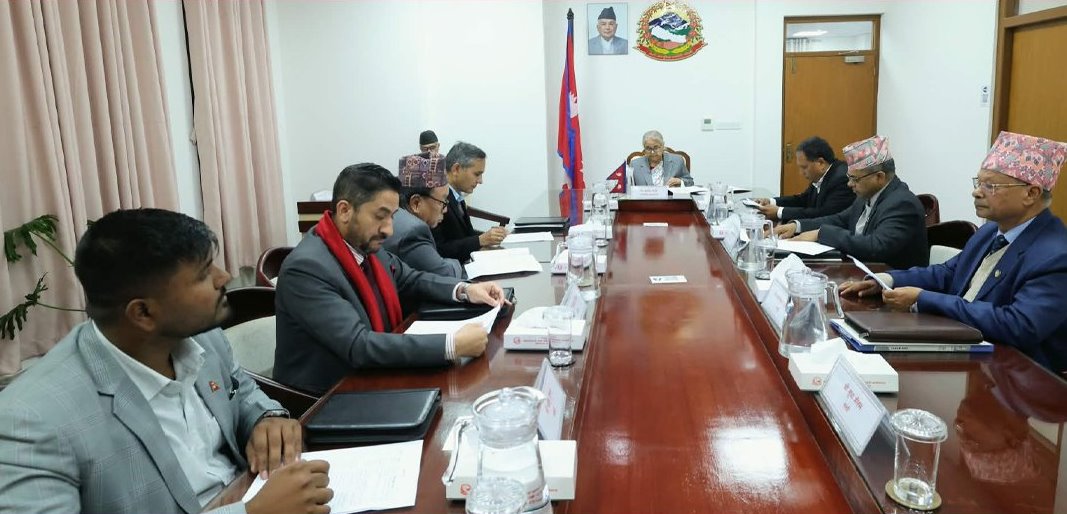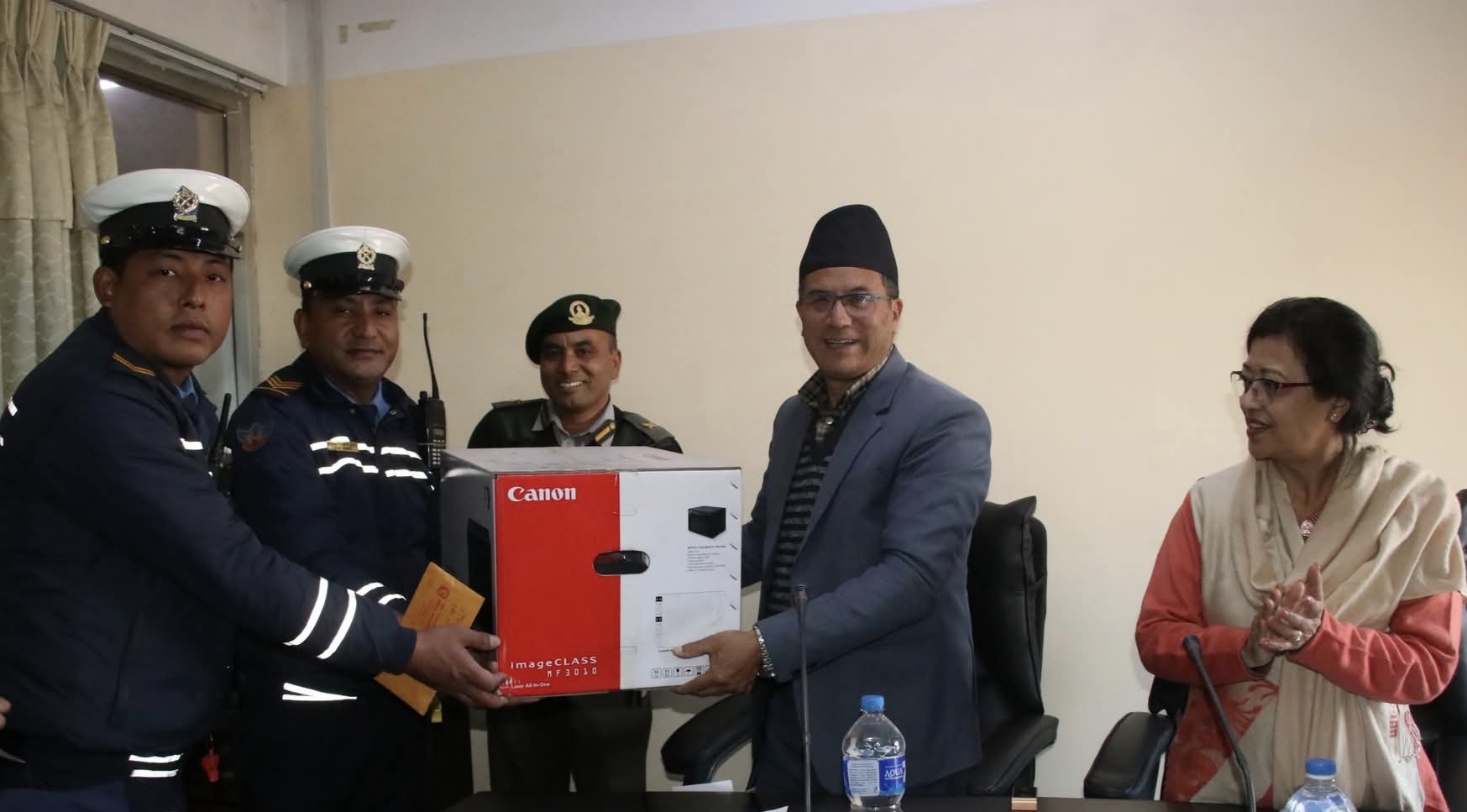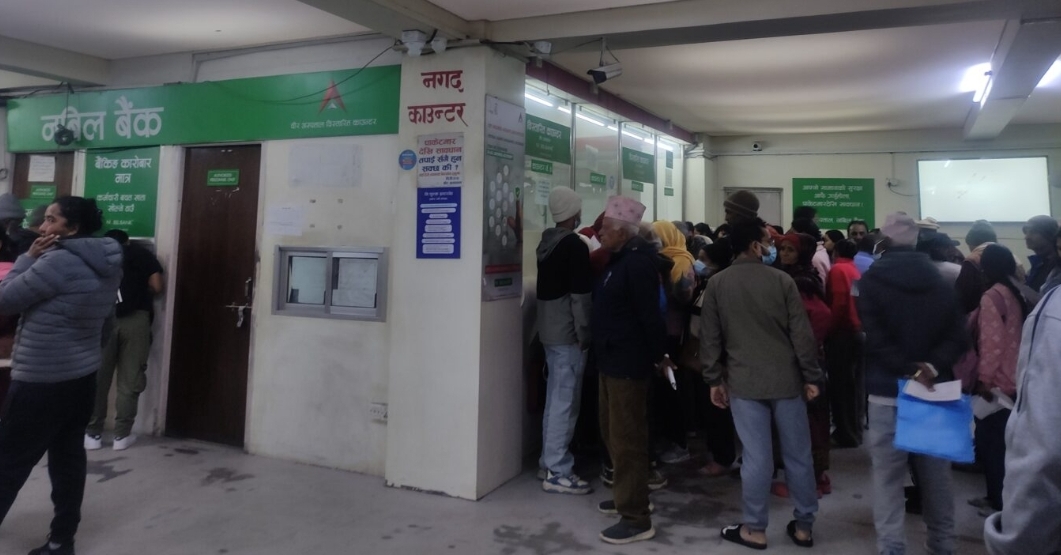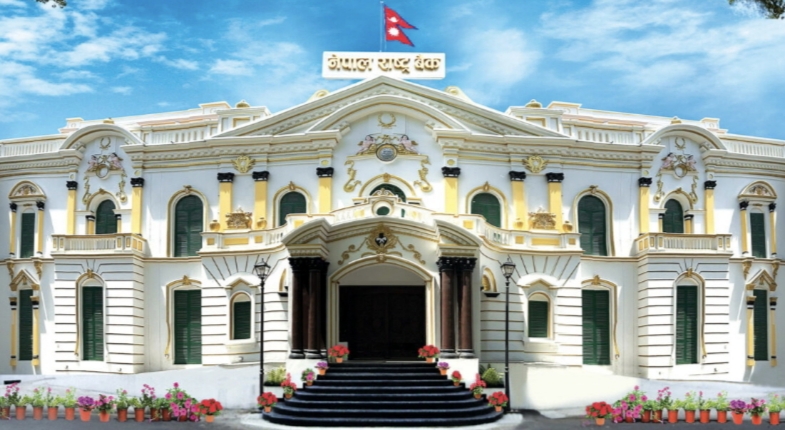Kathmandu – The government, UNDP, and KOICA on Friday launched a programme to boost Nepali farmers’ income through value chain development of fruit and vegetables.
The agreement will help implement a project on ‘Value chain development of fruit and vegetables in Nepal’ aimed at raising the incomes of nearly 10,000 smallholder farmers through strengthening the value chain of fruit and vegetable production in the country. As part of the project, there will be the special focus on production maximization, post-harvest technology development and rollout, and improved market linkage
Under the agreement, KOICA will support $5 million and UNDP will contribute $0.5 million respectively for a joint initiative to be implemented in about 40 municipalities in twelve districts in Province 3 and 4, namely Dhading, Kavre, Makawanpur, Chitwan, Dolakha, Ramechhap, Sindhuli, Nawalparasi, Tanahun, Gorkha, Kaski, and Syanja until the end of 2022.
The MoU was signed by Country Director of KOICA Nepal Office Dr. Hyungkyoo Kim and
Country Director of UNDP Renaud Meyer. Before that, the Joint Secretary of the Ministry of Finance Shreekrishna Nepal, and the Joint Secretary of the Ministry of Agriculture, Land Management, and Cooperatives Tej Subedi signed the project document with the UNDP at a function held at Singhadurbar in Kathmandu on Tuesday.
The value-chain development project focuses on increasing production, reducing post-harvest losses and improving the marketing system for selected fruit and vegetables. Through its efforts, cooperatives and farmers’ groups will have better access to production technology, as well as improved crop production practices. Post-harvest technologies will be developed and transferred to farmers in collaboration with the Nepal Agriculture Research Council (NARC). Support to physical facilities, organizational management and access to market price information will be provided to collection centers and satellite markets to improved market linkages.
Marketed volumes of fruit and vegetables are low in Nepal and farmers have limited access to agriculture technology. Post-harvest losses are high, with estimates suggesting losses between 10 percent and 14 percent for fruit and vegetables. Careless handling of crops during loading and unloading and lack of storage facilities at collection centers are some contributing factors. In this context, this programme will also help to establish 20 collection centers and satellite markets. The programme will help Nepal achieve the Sustainable Development Goals (SDGs) with a direct contribution to SDG 1 (No Poverty) and SDG 2 (Zero Hunger).







